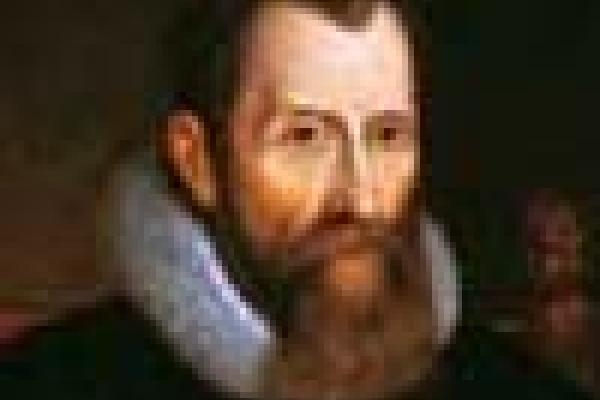Article

The making of the logarithm
The natural logarithm is intimately related to the number e and that's how we learn about it at school. When it was first invented, though, people hadn't even heard of the number e and they weren't thinking about exponentiation either. How is that possible?